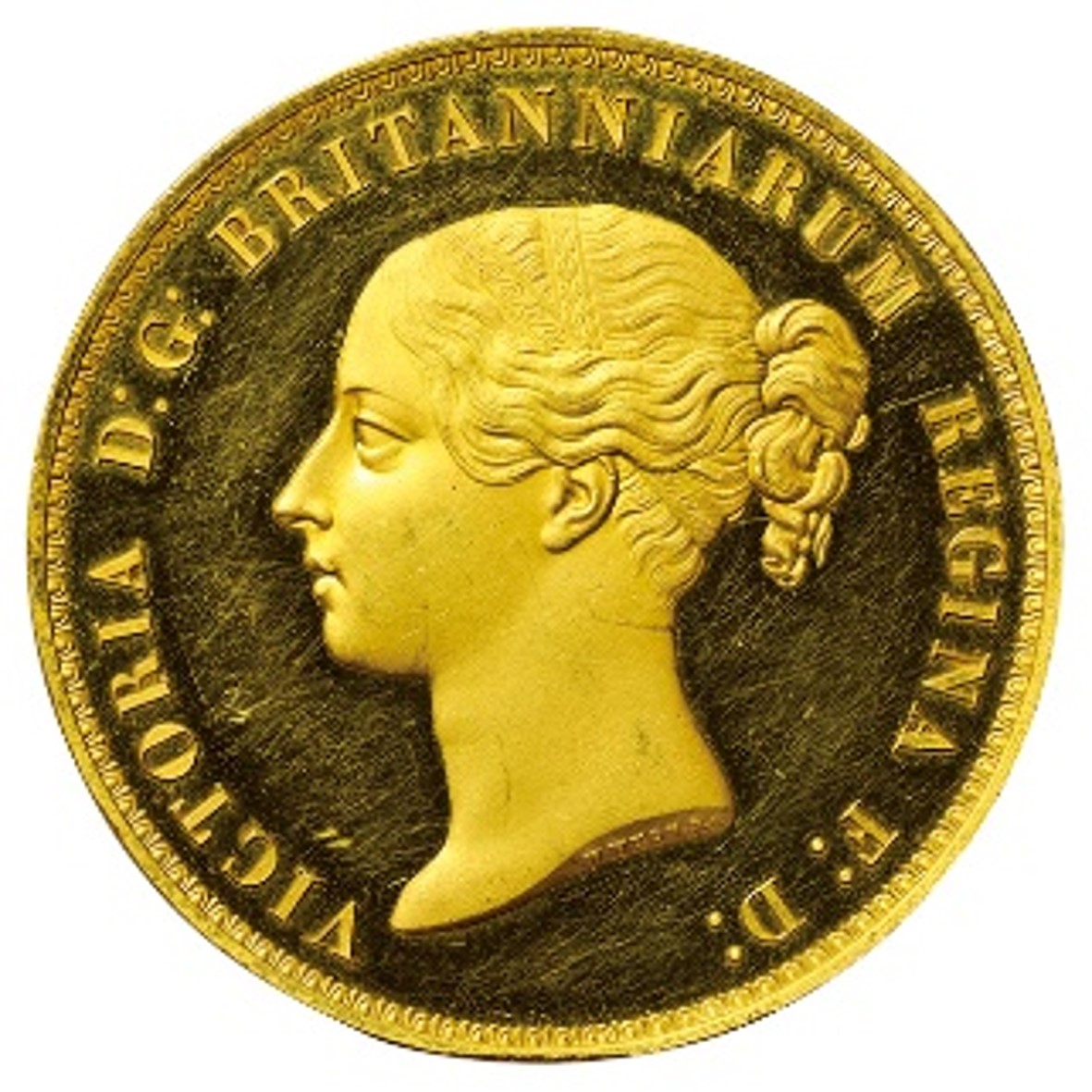Understanding Coin Provenance: From Discovery to Sale
페이지 정보

본문

Coin provenance traces back to its very first strike and continues through every hand it passes through until it reaches a collector or museum. The term "provenance" denotes a coin’s verifiable chain of custody and geographic journey, and for coins, it can significantly affect their value, authenticity, and historical importance. A coin found in an ancient ruin might have been dropped by a merchant, lost by a soldier, or buried as a hoard during times of conflict. Each of these contexts adds layers to its story.
Most coin histories originate with an unearthing event. Coins are unearthed by archaeologists during excavations, by metal detectorists in fields, or even by construction workers clearing land. Archaeological recoveries include comprehensive notes on location, depth, and associated finds. This information helps historians date the coin and understand its role in daily life or economic systems of the time. A coin plucked from the earth without proper recording may be visually stunning but historically diminished.
After recovery, a coin might pass to a private collector, be acquired by a dealer, or be gifted to an institution. Each transfer should ideally be documented with receipts, photographs, and descriptions. A verifiable ownership trail confirms legal acquisition and compliance with international antiquities regulations. Many countries now require export permits for ancient coins, and reputable dealers will not handle items without proper paperwork.
The shift from private ownership to public auction marks a pivotal moment in provenance. Auction houses and specialized dealers often provide detailed provenance reports, listing previous owners, exhibition history, アンティーク コイン and published references. Provenance linked to celebrated collections or scholarly catalogs significantly enhances market value. Conversely, a coin with no provenance or suspicious origins may be difficult to sell or even illegal to trade in some jurisdictions.
Modern technology has improved provenance tracking. Digital databases, high resolution imaging, and blockchain ledgers are beginning to help authenticate and trace coins more reliably. No algorithm can replace the authenticity of handwritten correspondence and archival imagery tied to a coin’s history.
Tracing a coin’s journey is an act of cultural preservation. A coin is more than metal and design; it is a tangible link to people, places, and events long gone. Documenting each stage of a coin’s life safeguards its historical meaning for posterity. Collectors and dealers alike have a responsibility to preserve this context, not just for profit, but for the sake of cultural heritage.
- 이전글Ten Facts Everyone Should Know About Best Online Poker 25.11.07
- 다음글Beware The Safe Poker Games Online Scam 25.11.07
댓글목록
등록된 댓글이 없습니다.
